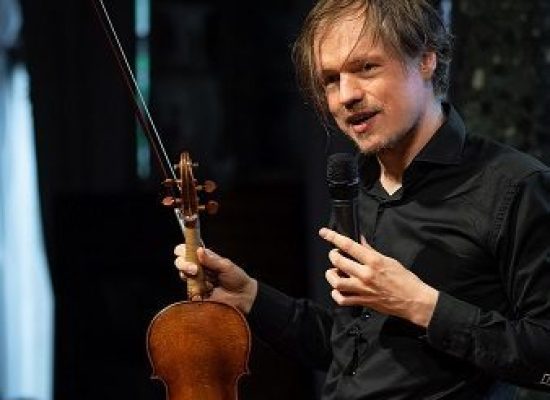47. Main Evening Concert
Love Stories
This concert tells the stories of the many faces of love – erotic love, breakdown of love and resigned acceptance. Ravel’s three ‘Chansons Madécasses’ come in two parts, the quickened breathing of two love songs astride the great war cry ‘Aoua!’. He treats the voluptuous text of the first song with great simplicity casting his spell with the incantatory name of the beloved – Nahandove. The repetitions of this magical name linger on the air much longer than the burning embraces and piercing kisses. The last song is a gentle hymn to the ecstasy and languor of the exotic island, achieved with the simplest of effects; a murmured wisp of a melody in the flute, single notes dropping from the piano and the sensuous weaving of the voice. Once you have heard it, you never forget the great war cry of Aoua! that opens the savage second song. The assault of the voice, combined with violent dissonance in the piano, has a shocking power. The story of the treachery of the whites and their brutal fate is dramatically unfolded. The extraordinary new song cycle, ‘estrangement’, by American composer Katherine Balch to a text by American poet Katie Ford is a modern take on Robert Schumann's ‘Dichterliebe’, but from the perspective of the unnamed woman in Heine's poems. Ford’s poems capture the woman’s perspective on the fragile masculinity espoused in Heine’s Romantic poetry exploring a relationship in the final stages of disintegration and the aftermath. Brahms’ C minor Piano Quartet took him twenty years to write, tracing his passionate relationship with Clara Schumann, a love affair that became a deep and lasting friendship lasting forty years. Brahms described the music as an illustration of the story of the archetypal Romantic hero of German literature who shoots himself because of his anguished love for a married woman whose husband he admires. From the first bars, Brahms throws us into a whirlpool of Romantic tribulation with the two-note phrase of his Clara motif. The slow movement is the heart of this work opening with Brahms' most luxuriant cello melody, growing into a rapt duet between the cello and the violin, which becomes a healing song of sorrow.
